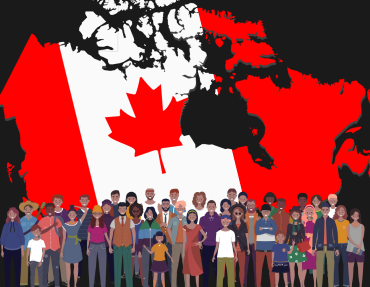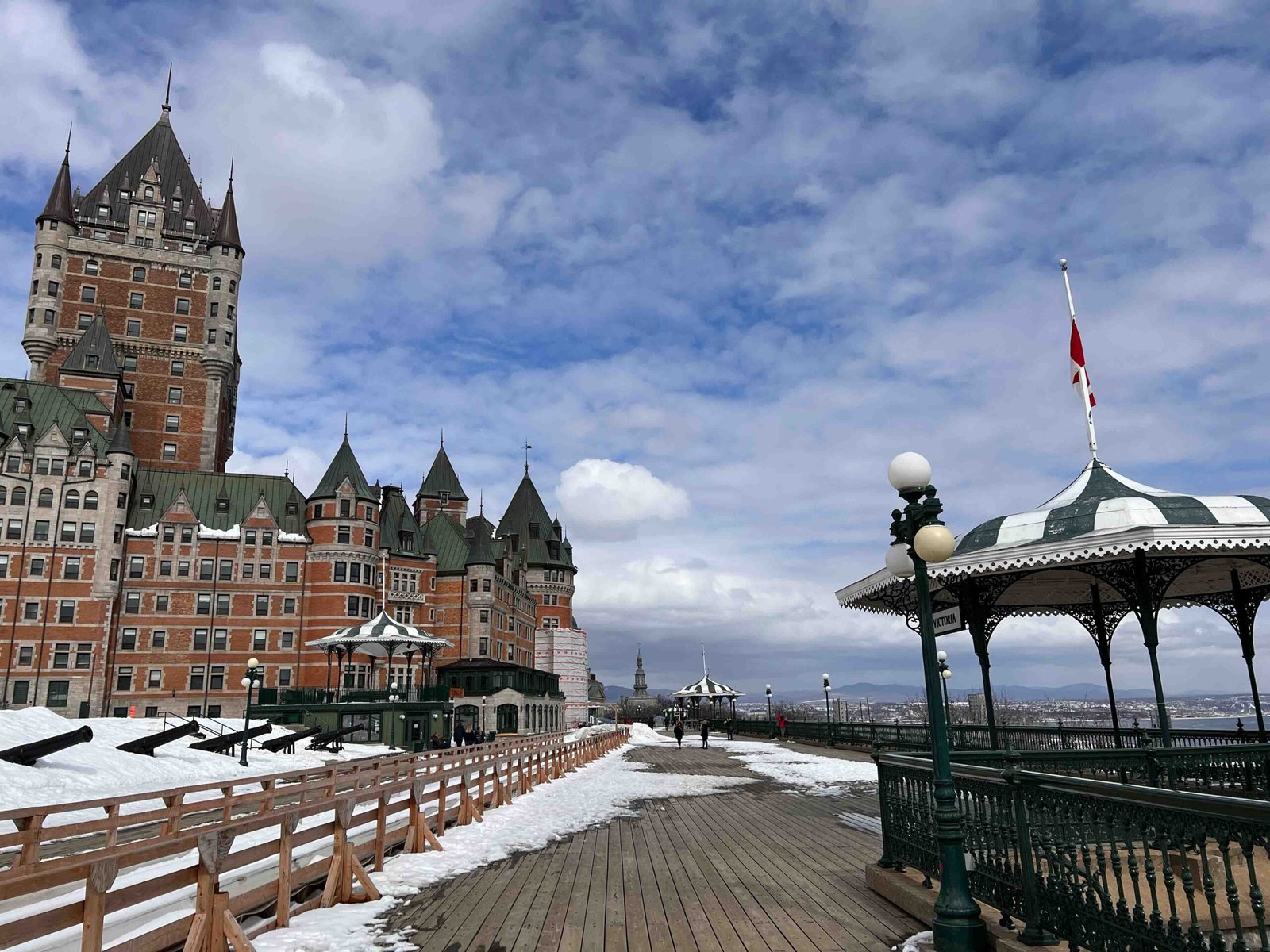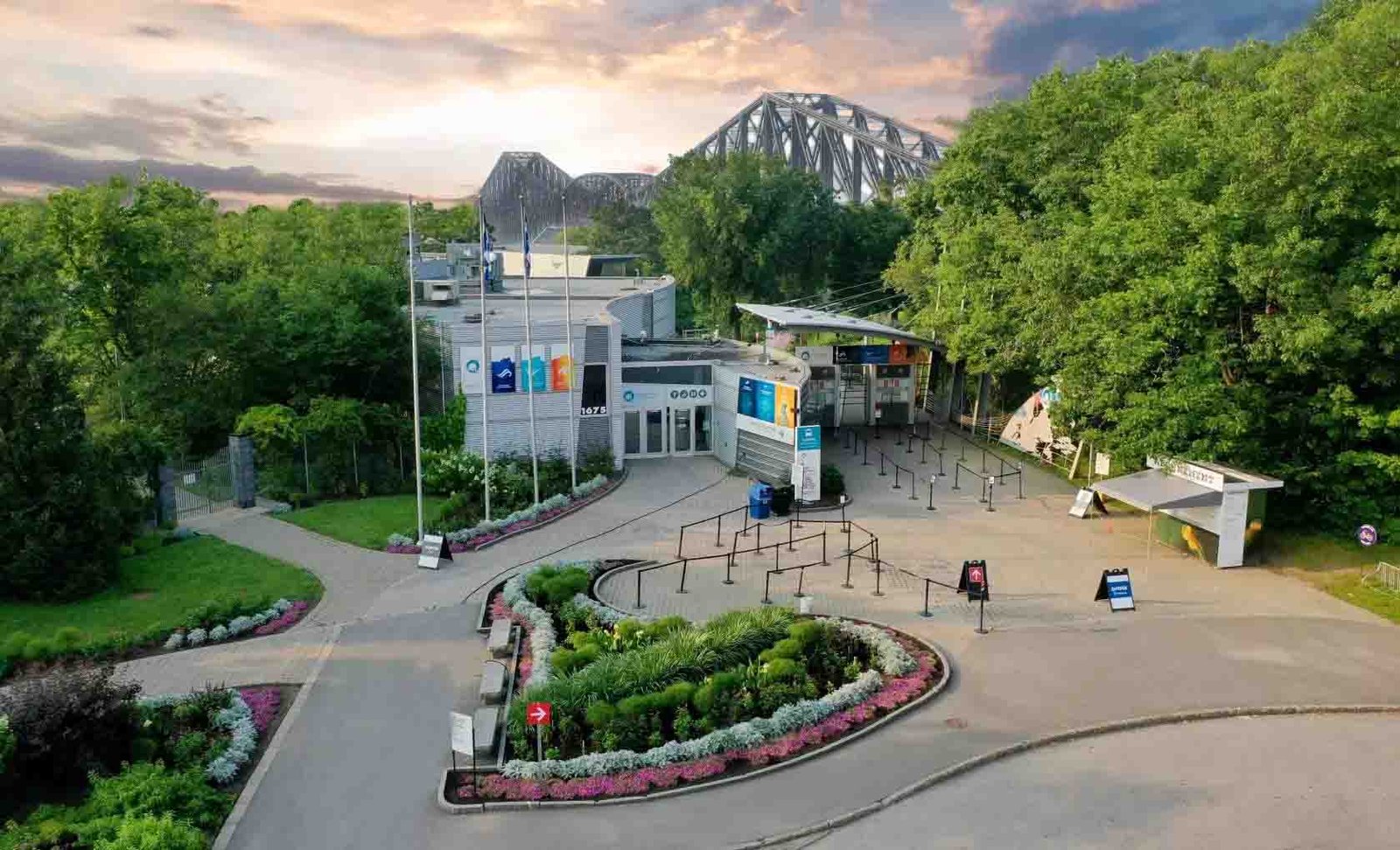Nova Scotia is a beautiful and culturally diverse province located in eastern Canada. With a population of approximately 970,000 people, Nova Scotia has experienced both growth and decline over the years. In this demographic overview, we will explore the history and current state of Nova Scotia’s population, as well as the challenges and opportunities that come with it. From the most populated cities and towns to the diversity of its people, we will take a closer look at what makes Nova Scotia unique. Join us on this journey as we delve into the past, present, and future of this fascinating province.
Introduction to Nova Scotia’s Population
Nova Scotia is a Canadian province located on the eastern coast of the country. With a population of approximately 970,000 people, it is one of the smallest provinces in terms of population. Nova Scotia’s population has been growing at a slower rate than the rest of Canada, with a growth rate of only 0.2% per year. The province has seen both growth and decline in its population over the years, with periods of immigration and emigration playing a significant role in shaping its demographics. Nova Scotia has a unique demographic profile, with a diverse population made up of different ethnicities and cultures. The province is home to many cities and towns, with Halifax being the largest city and serving as the economic and cultural hub of the region. Despite its small size, Nova Scotia faces significant challenges related to its shrinking population. With an aging population and a low birth rate, there are concerns about the sustainability of the province’s economy and social services. However, there are also opportunities for growth and development through immigration and attracting new businesses to the region. Overall, understanding Nova Scotia’s population is essential for policymakers, researchers, and citizens alike to address the challenges and opportunities facing the province in the years to come.
Population Growth and Decline in Nova Scotia
Nova Scotia’s population has experienced fluctuating growth and decline in recent years. Between 2011 and 2016, the province’s population grew by only 0.2%, which is considerably lower than the national average of 5.0%. This trend continued between 2016 and 2021, with the population declining by 0.4%. The main reason for this trend is the province’s aging population and a decrease in the number of young people moving to Nova Scotia. The birth rate in the province has also been declining, leading to a smaller proportion of young people in the population. This demographic shift has significant implications for the economy, as a smaller working-age population could lead to labour shortages in certain industries. Additionally, the province’s healthcare system may be put under increased pressure due to a larger proportion of elderly residents. The government has attempted to address this issue by implementing various initiatives to attract immigrants and international students to Nova Scotia. However, it remains to be seen whether these efforts will be successful in reversing the trend of population decline. Overall, Nova Scotia’s population growth and decline are complex issues that require careful consideration and strategic planning to ensure the province’s long-term sustainability.
A Demographic Profile of Nova Scotia
Nova Scotia has a population of approximately 979,000 people, making it one of the smallest provinces in Canada in terms of population. The province’s population density is around 17 people per square kilometre, which is much lower than the national average of 4 people per square kilometre. The majority of Nova Scotia’s population (about 65%) lives in urban areas, with the rest living in rural or remote communities. The province’s median age is 45 years, which is higher than the national average of 41 years. This aging population presents some challenges for the province, as it means there are fewer people of working age to support the economy and provide services.
The ethnic composition of Nova Scotia’s population is predominantly European, with over 80% of residents identifying as white. The remaining 20% of the population consists of visible minorities, including African Nova Scotians, Mi’kmaq First Nations, and other Indigenous peoples. The province also has a small but growing immigrant population, which has been increasing in recent years due to government efforts to attract more skilled workers to the area.
In terms of language, English is by far the most commonly spoken language in Nova Scotia, with over 90% of residents speaking it as their first language. French is also an official language in the province due to its Acadian heritage, but only about 3% of the population speaks it as their first language.
Overall, Nova Scotia’s demographic profile presents both opportunities and challenges for the province. While its aging population may pose some economic challenges, the province’s cultural diversity and growing immigrant population offer potential for growth and development in the future.
The Most Populated Cities and Towns in Nova Scotia
Nova Scotia has a total population of around 970,000 people, with the majority of the population living in urban areas. The most populated city in Nova Scotia is Halifax, which has a population of approximately 400,000 people. Halifax is the capital city of Nova Scotia and is located on the east coast of Canada. It is known for its rich history and vibrant culture, as well as being home to several universities and colleges. The second most populated city in Nova Scotia is Cape Breton, with a population of around 100,000 people. Cape Breton is located on the northern part of the island and is known for its natural beauty and strong Celtic heritage. Other major cities in Nova Scotia include Truro, New Glasgow, and Sydney. In addition to these cities, there are several smaller towns throughout the province that are also home to significant populations. For example, Kentville, Bridgewater, and Amherst all have populations of over 5,000 people. The population of these towns may be small compared to Halifax and Cape Breton, but they still play an important role in Nova Scotia’s economy and culture. Overall, while Halifax remains the largest city in Nova Scotia by far, there are several other cities and towns throughout the province that contribute to its diverse population and unique character.
The Diversity of Nova Scotia’s Population
Nova Scotia’s population is incredibly diverse, with a mix of ethnicities and cultures. According to the latest census, the largest ethnic group in Nova Scotia is English, followed by Scottish, Irish, French, and German. However, the province is also home to a significant number of Indigenous people, including Mi’kmaq, Maliseet, and Passamaquoddy. The African Nova Scotian community has a long history in the province, dating back to the 1700s when Black Loyalists arrived after the American Revolution. Today, Halifax is home to the largest Black population in Atlantic Canada. Additionally, Nova Scotia has seen an increase in immigration in recent years, with newcomers from all over the world settling in the province. The top five source countries for immigrants to Nova Scotia are China, India, the Philippines, Syria, and the United States. This diversity has brought a richness of culture and perspective to the province, with a range of festivals and events celebrating different cultures throughout the year. Despite this diversity, there are still challenges in ensuring that all members of the community feel included and represented. Efforts are being made to address systemic racism and promote equity for underrepresented groups. Overall, the diversity of Nova Scotia’s population is one of its greatest strengths and continues to shape the province’s identity and future.
The Challenges of a Shrinking Population in Nova Scotia
The declining population in Nova Scotia presents significant challenges for the province. One of the main issues is the strain it places on the economy. With fewer people contributing to the workforce, there is a decreased tax base and reduced consumer spending. This, in turn, affects businesses and employment opportunities, leading to a vicious cycle of decline. Another challenge is the impact on healthcare and social services. As the population ages and there are fewer young people to support them, there is a greater demand for healthcare services and long-term care facilities. This can be particularly challenging in rural areas where access to healthcare is already limited. Furthermore, a shrinking population can lead to a reduction in cultural diversity and a lack of new ideas and perspectives. This can have an impact on everything from arts and culture to business innovation. To combat these challenges, Nova Scotia has implemented various strategies such as immigration programs and initiatives to attract young people to the province. However, these efforts will take time to yield results, and it remains to be seen whether they will be enough to reverse the trend of a declining population. Ultimately, finding ways to encourage growth in Nova Scotia’s population will be essential for ensuring a sustainable future for the province.
Conclusion: The Future of Nova Scotia’s Population
The future of Nova Scotia’s population is uncertain, but it is clear that the province will continue to face demographic challenges in the coming years. The aging population and declining birth rates are major concerns that need to be addressed. To counteract this, the government needs to implement policies that attract more immigrants and retain young people in the province. The recent success of the Atlantic Immigration Pilot Program is a step in the right direction, but more needs to be done to ensure that immigrants are integrated into the community and have access to employment opportunities. In addition, there needs to be an emphasis on promoting entrepreneurship and innovation to create more job opportunities for young people. The province also needs to invest in education and healthcare to ensure that it remains an attractive place for people to live and work. While these challenges may seem daunting, Nova Scotia has a strong sense of community and resilience that can help it overcome them. With the right policies and investments, Nova Scotia can build a vibrant and diverse population that will contribute to its economic and social development.
As we have seen, Nova Scotia’s population has undergone significant changes over the years. While there have been periods of growth, there have also been times of decline, and the province now faces the challenge of a shrinking population. Despite this, Nova Scotia remains a diverse and vibrant community, with many unique cultures and traditions. It is clear that the future of Nova Scotia’s population is uncertain, and there are many questions that need to be answered. What can be done to encourage more people to move to the province? How can we ensure that our communities remain strong and vibrant in the face of demographic change? These are important issues that will require careful consideration in the years to come. As we look ahead to the future, it is important to remember that Nova Scotia’s population is more than just numbers and statistics – it is made up of real people with hopes, dreams, and aspirations for themselves and their families.
Population in province:
Alberta, British Columbia, Manitoba, New Brunswick, Newfoundland and Labrador, Nova Scotia, Ontario, Prince Edward Island, Quebec, Saskatchewan






Pingback: Population in New Brunswick, Canada – Things to do in Canada